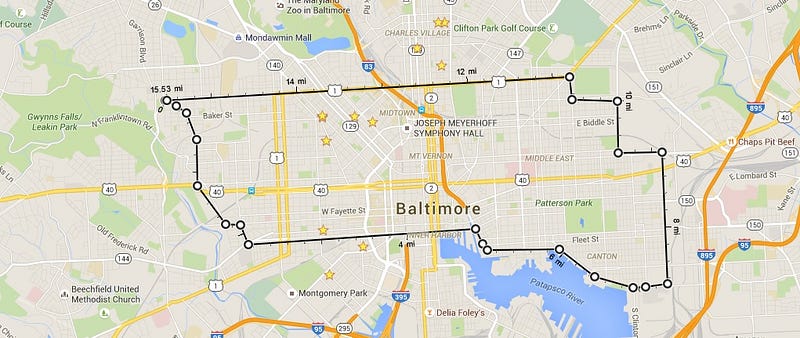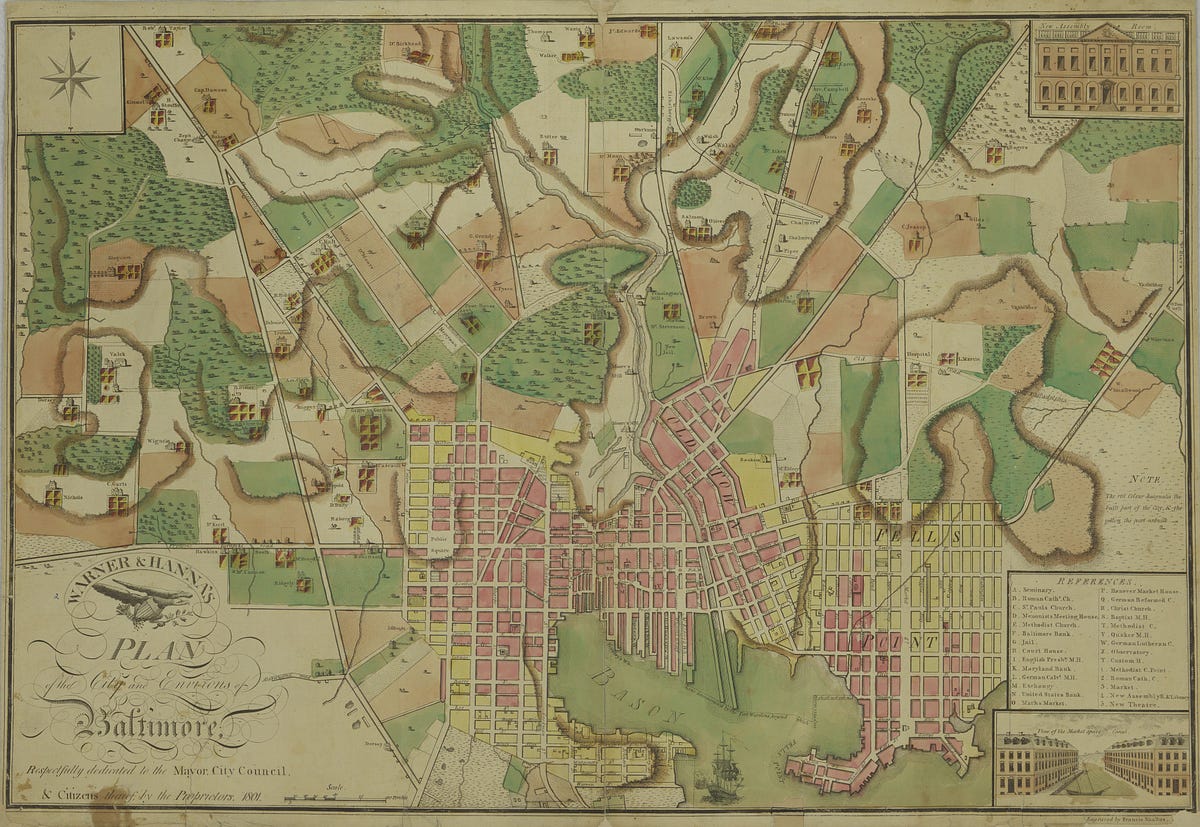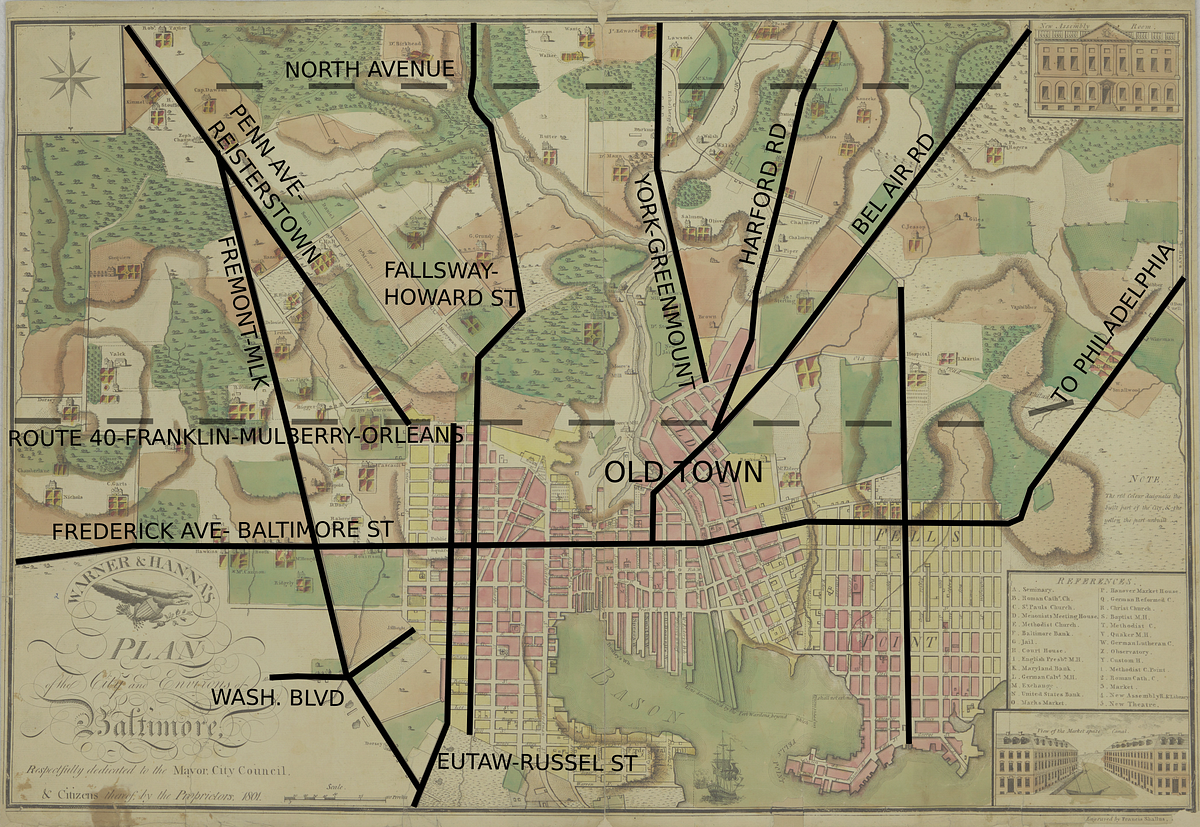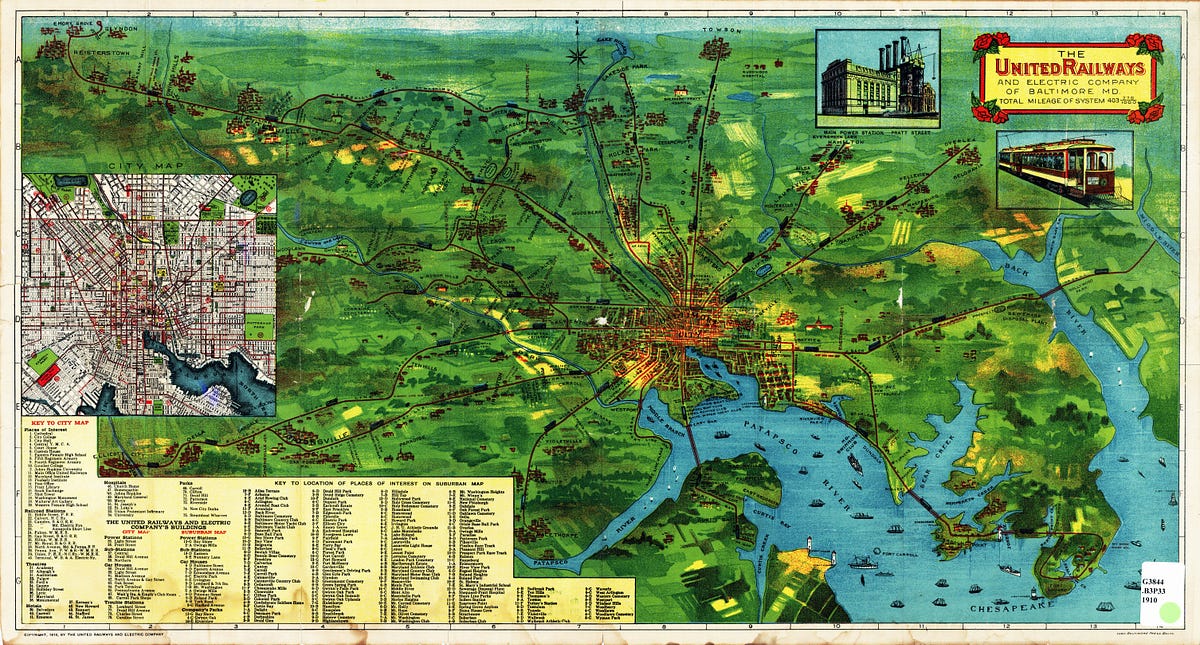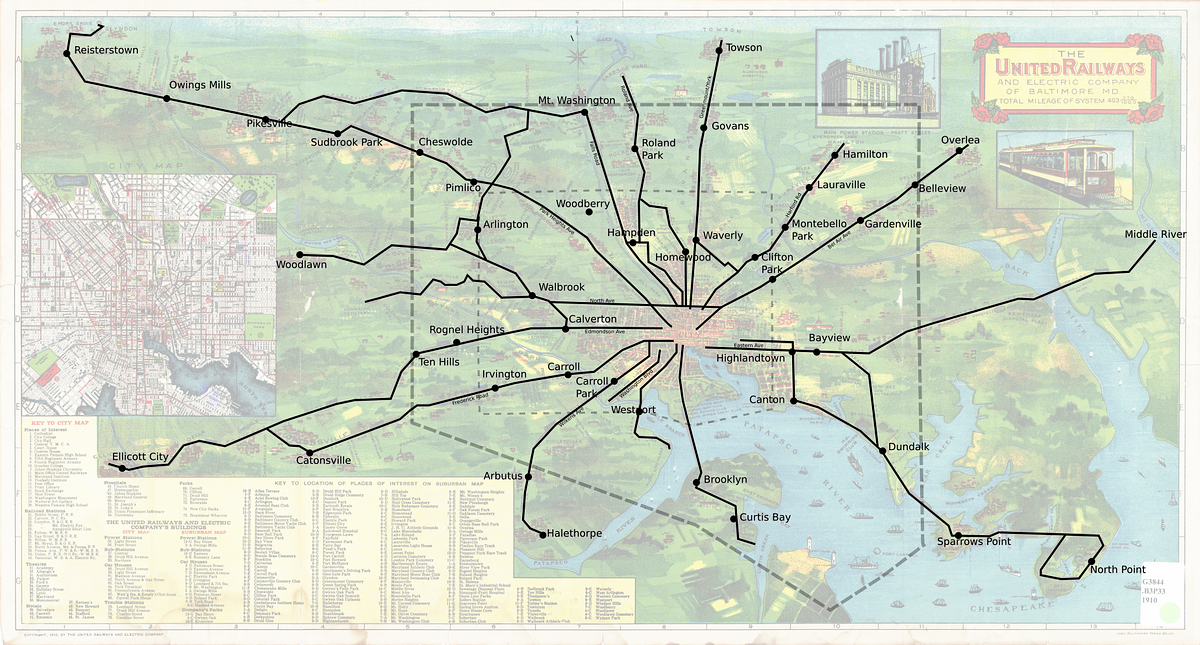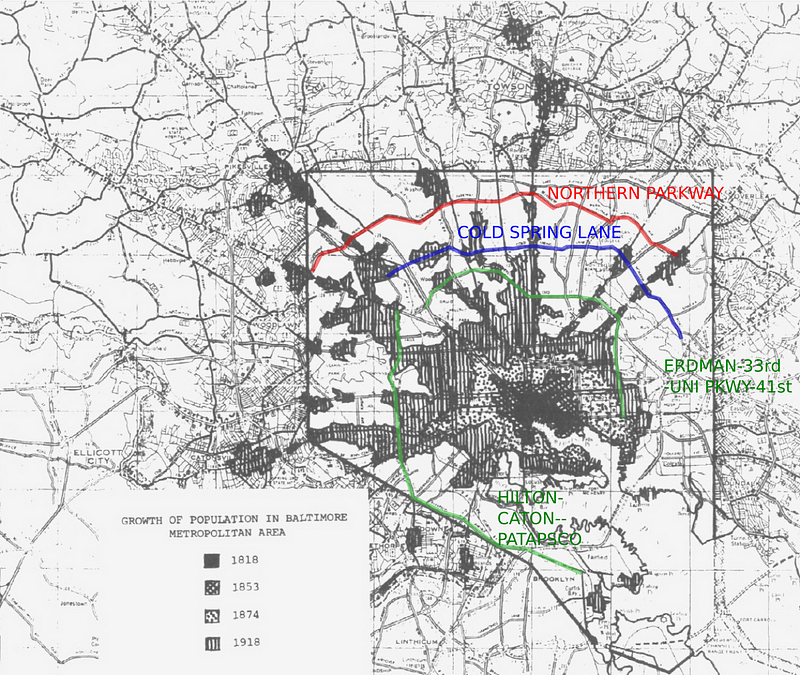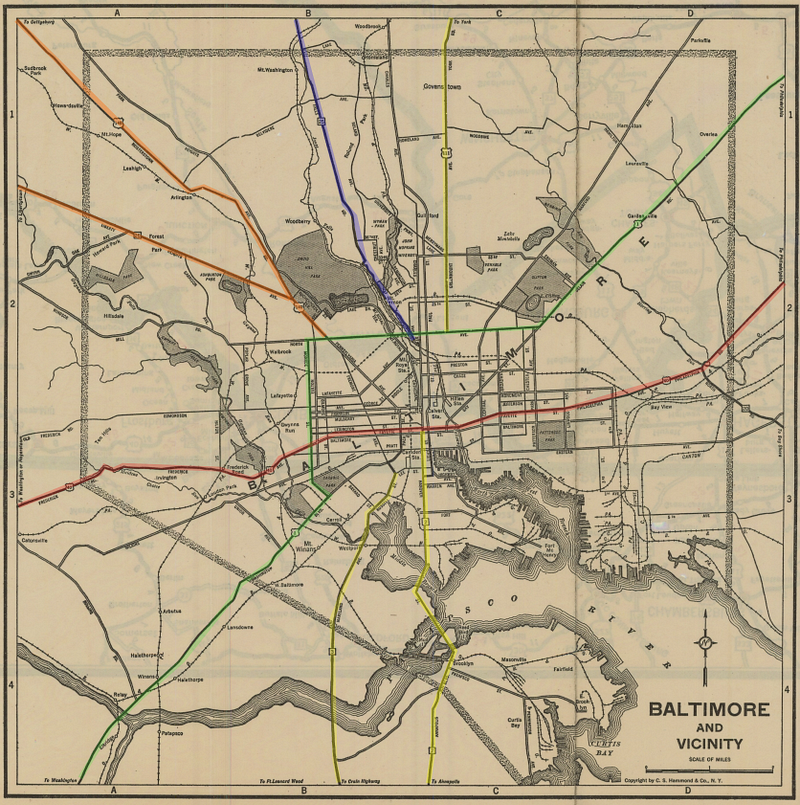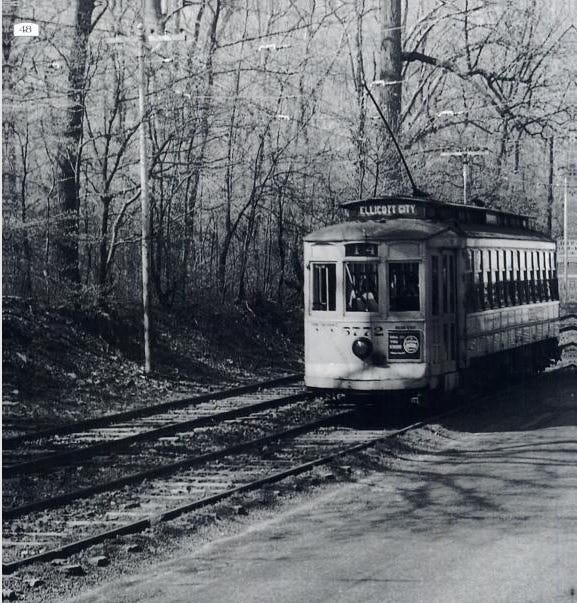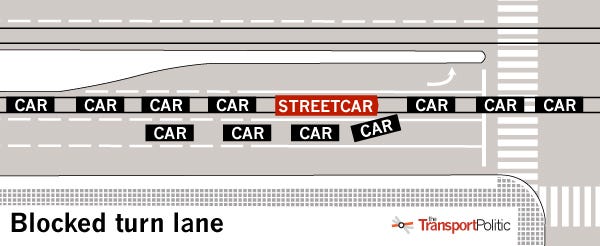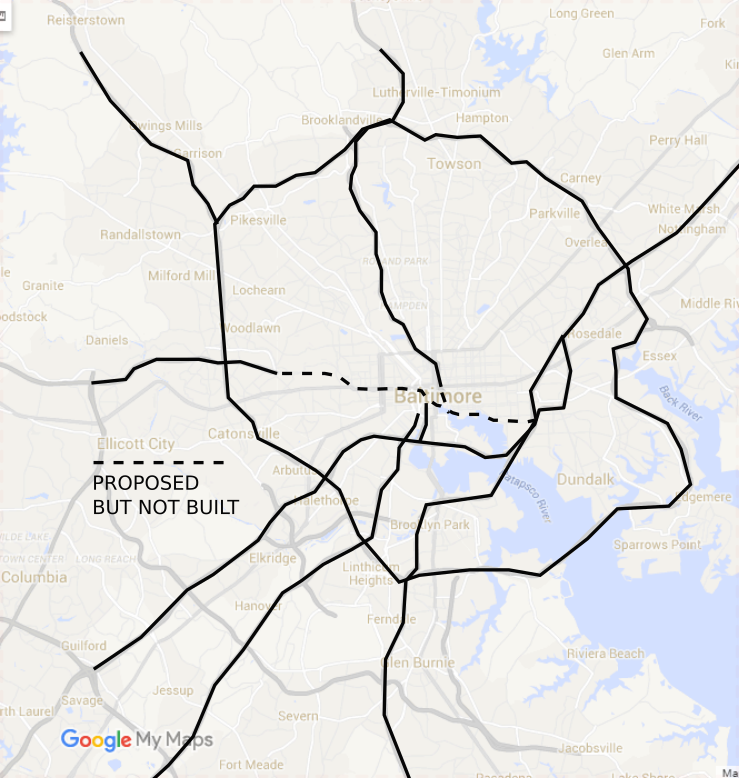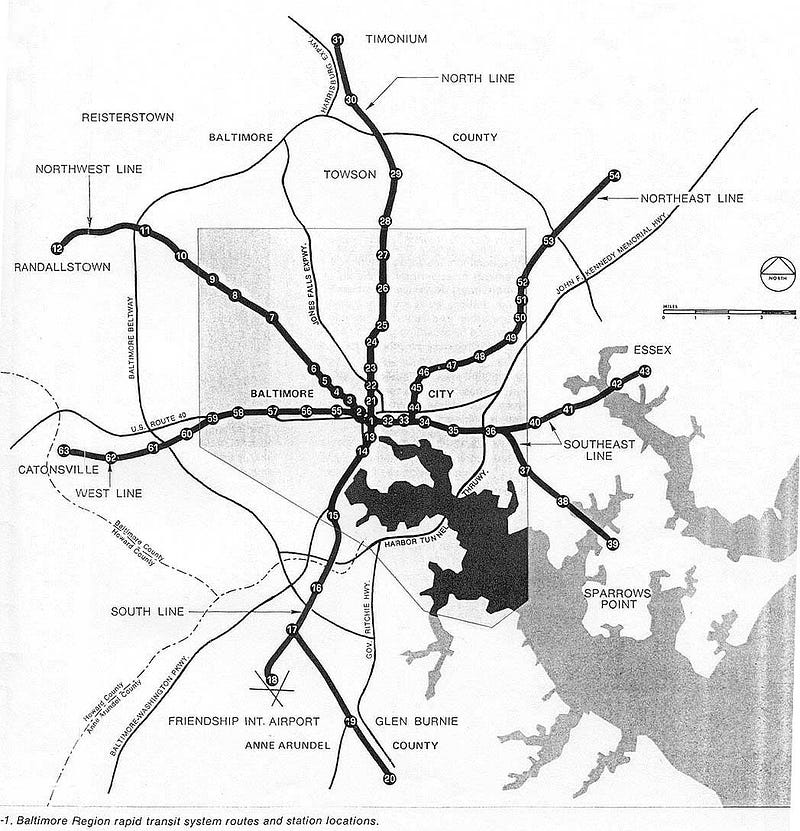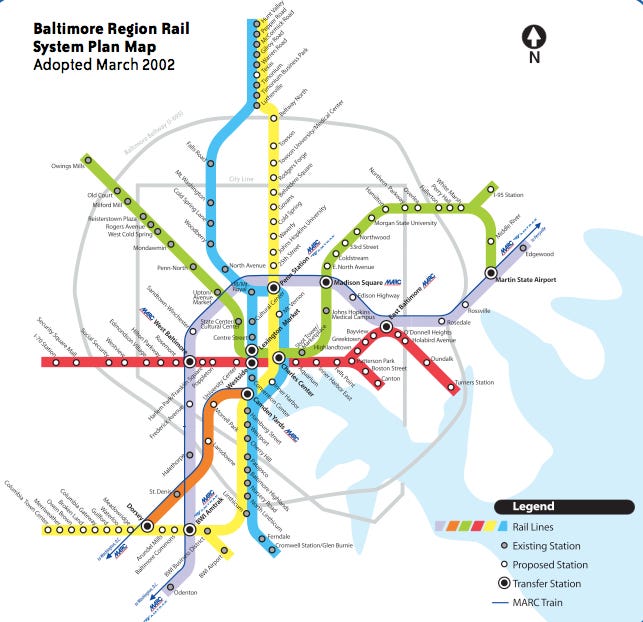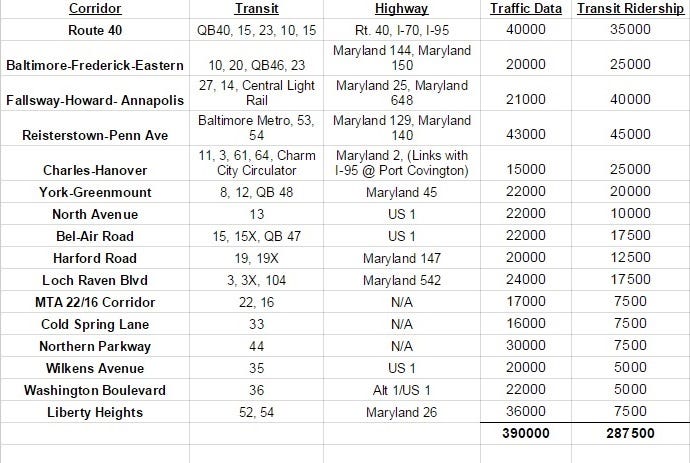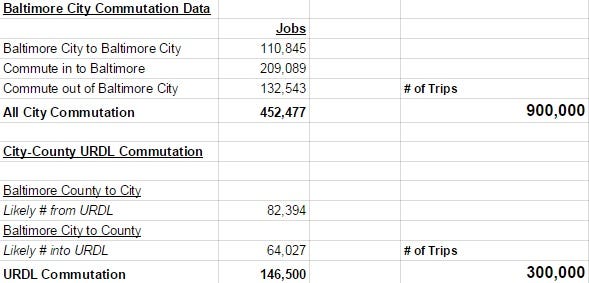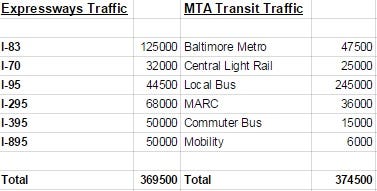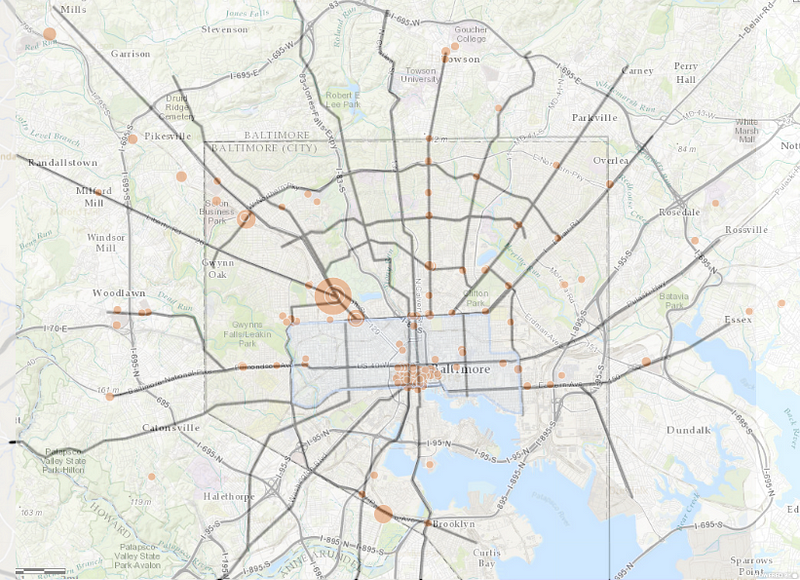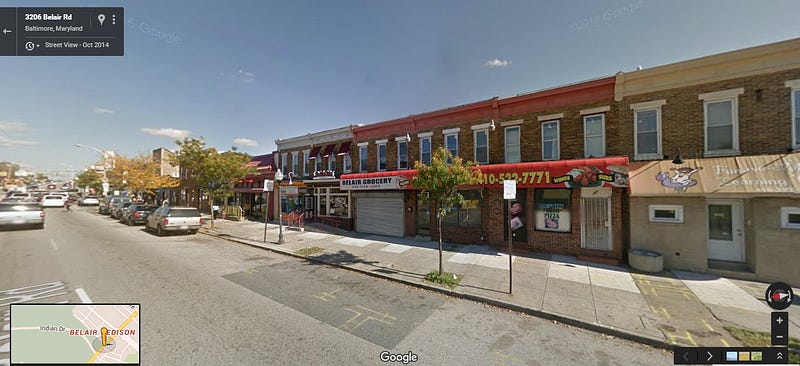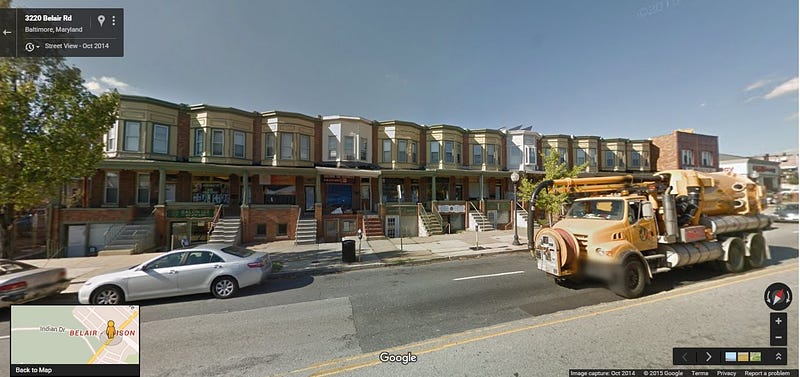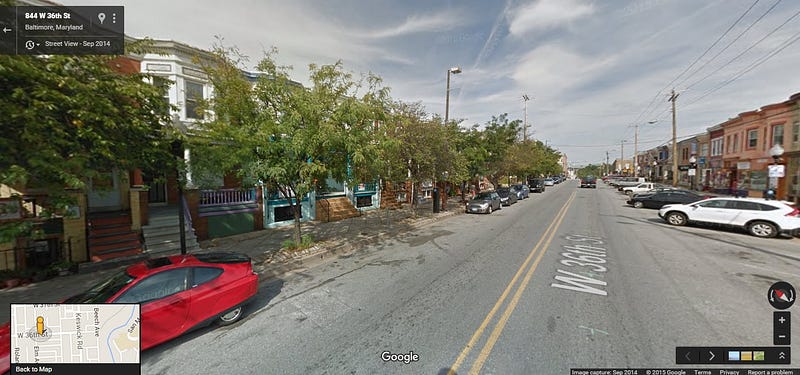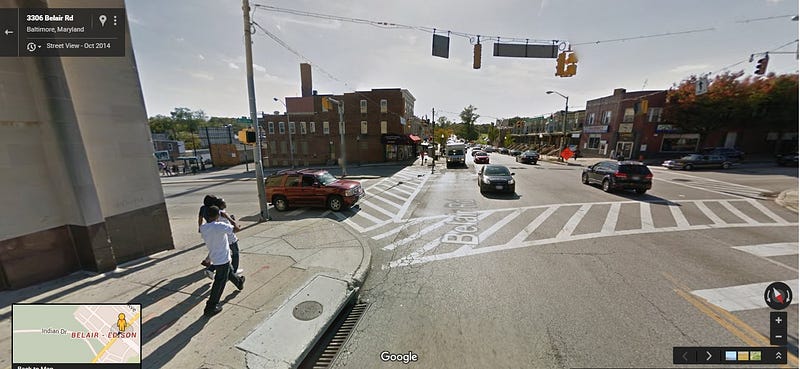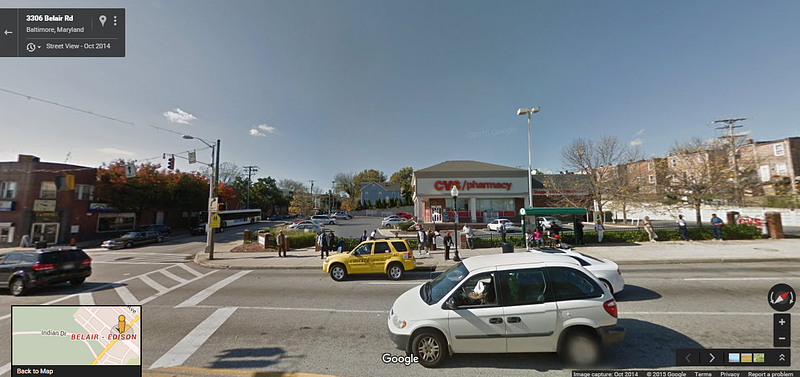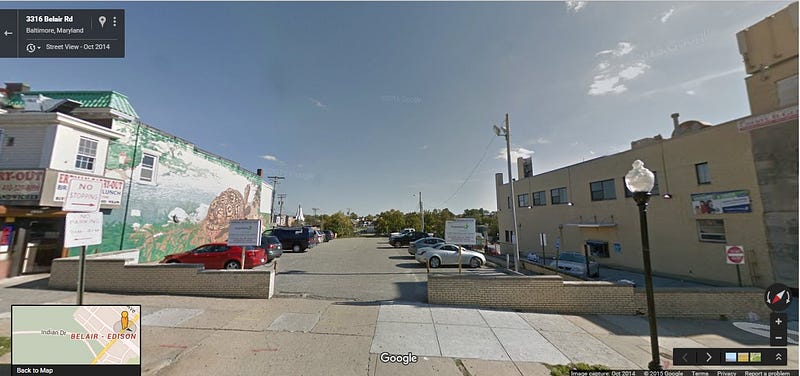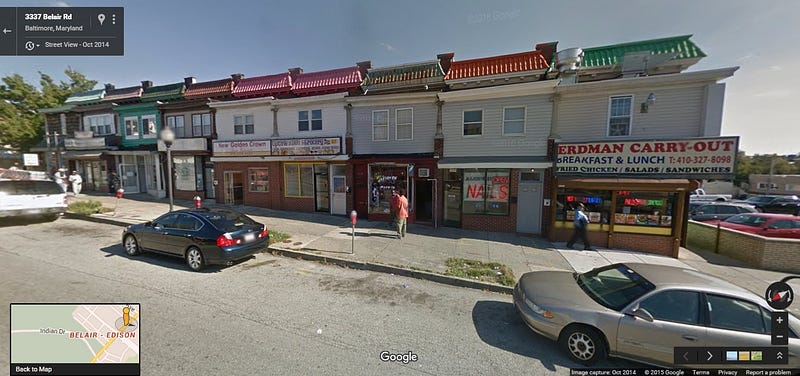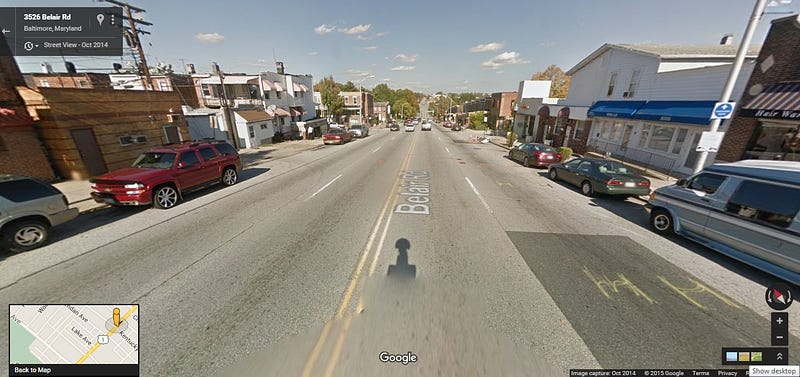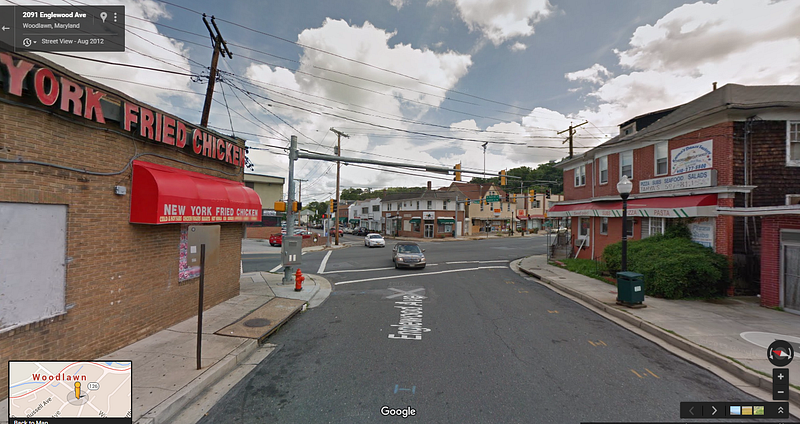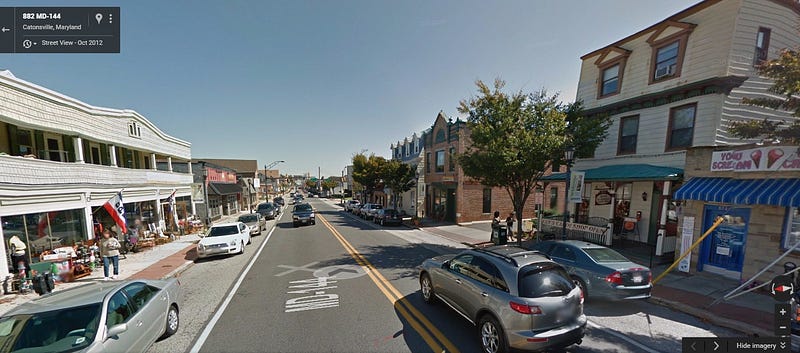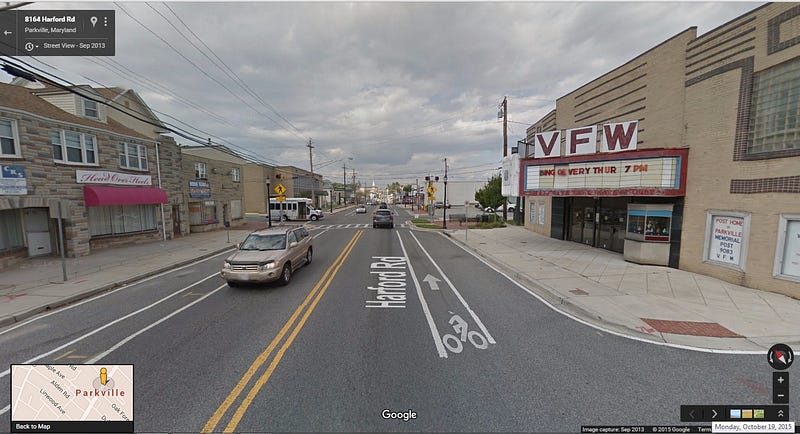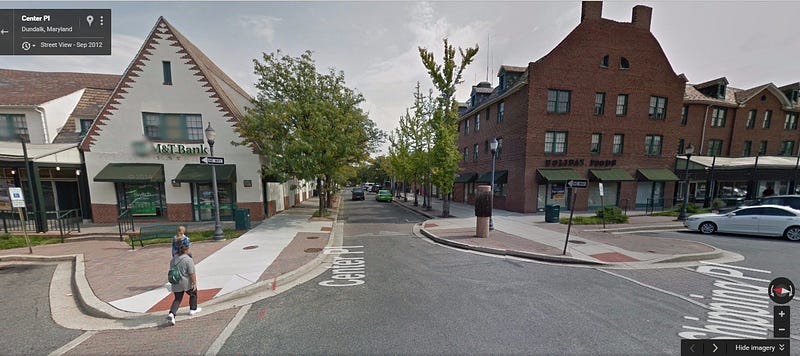The innocent looking car behind you which turns from one second to another into a a light and flash shooting monster that makes "shock and awe" look like a game for preschoolers. (Speeders know what I am talking about).
Equipping a cop car with lights that illuminate the sky and can be seen for miles maybe not the worst idea even if those red and blue flashers have long spread into the last nook and cranny of the cop car until everything from the dashboard to the grille, turn signal, back up light and rear view mirror has turned into a badly synchronized light show. Incredible amounts of lumens emenate from the smallest lamps.
 |
| blinking lights everywhere: Ambulance |
But do tow trucks really have to have a whole battery of those blinding lights in front and back? Do trash trucks, postal delivery vans, school buses, utility vans, contractor's surveying SUVs, funeral hearses and flatbed tractor trailers really all need to participate in this arms race for visibility in which in the end anything that doesn't flash simply becomes invisible?
The road has become the stage for a competitive race to be the brightest: It started with Xenon headlights, fog lights continually turned on, daytime running lights and continued with LED tail-lights until now every light can be made from the solid state light source. Tiny surface, enormous brightness and low energy consumption make the LED an ideal choice for the bicyclist and night walker who can easily clip high visibility flashers on their clothes or bikes. But these tiny pests can also be hidden in the front grille and inside the standard lights of civilian cars and trucks and turned on on a whim.
What works well in one case becomes a nuisance or even criminal distraction in another setting, for example where folks mimic police.
The result of the flashing and blinking lights has long reached a point where it has become too much.
Especially the two truck operators seem to think that a battery of white and yellow flashers bestows on them the power that police and fire long claimed as their monopoly. The flashers as a symbol of potency, the visual equivalence to the roaring motorcycle muffler and the aggressive hood ornaments of the past.
Drive in darkness behind one of those trucks and the arrhythmic firework from the rooftop can become a dangerous irritation, blinding and mesmerizing drivers without any recognizable advantage. Most tow-trucks are no more in need of being extra visible than any bread truck, especially if their freight is safely tucked onto their loading area and they are well on their way to the garage.
Time to control these flashing lights and limit their use to true emergency vehicles! Let's not have Halloween on the streets every day.
Klaus Philipsen, FAIA
Just as an illustration on how much the use of those lights has proliferated, read this statute from the state of Minnesota which seems to be pretty typical.
The road has become the stage for a competitive race to be the brightest: It started with Xenon headlights, fog lights continually turned on, daytime running lights and continued with LED tail-lights until now every light can be made from the solid state light source. Tiny surface, enormous brightness and low energy consumption make the LED an ideal choice for the bicyclist and night walker who can easily clip high visibility flashers on their clothes or bikes. But these tiny pests can also be hidden in the front grille and inside the standard lights of civilian cars and trucks and turned on on a whim.
 |
| Tow truck with just too many lights |
What works well in one case becomes a nuisance or even criminal distraction in another setting, for example where folks mimic police.
The result of the flashing and blinking lights has long reached a point where it has become too much.
Especially the two truck operators seem to think that a battery of white and yellow flashers bestows on them the power that police and fire long claimed as their monopoly. The flashers as a symbol of potency, the visual equivalence to the roaring motorcycle muffler and the aggressive hood ornaments of the past.
Drive in darkness behind one of those trucks and the arrhythmic firework from the rooftop can become a dangerous irritation, blinding and mesmerizing drivers without any recognizable advantage. Most tow-trucks are no more in need of being extra visible than any bread truck, especially if their freight is safely tucked onto their loading area and they are well on their way to the garage.
Time to control these flashing lights and limit their use to true emergency vehicles! Let's not have Halloween on the streets every day.
Klaus Philipsen, FAIA
Just as an illustration on how much the use of those lights has proliferated, read this statute from the state of Minnesota which seems to be pretty typical.
169.64 PROHIBITED LIGHTS; EXCEPTIONS.Subdivision 1.Bright light.
Any lighted lamp or illuminating device upon a motor vehicle, other than a headlamp, a spot lamp, or an auxiliary driving lamp, which projects a beam of light of an intensity greater than 300-candle power, shall be so directed that no part of the beam will strike the level of the roadway on which the vehicle stands at a distance of more than 75 feet from the vehicle.Subd. 2.Colored light.
Unless otherwise authorized by the commissioner of public safety, no vehicle shall be equipped, nor shall any person drive or move any vehicle or equipment upon any highway with any lamp or device displaying a red light or any colored light other than those required or permitted in this chapter.Subd. 3.Flashing lights.
Flashing lights are prohibited, except on an authorized emergency vehicle, school bus, bicycle as provided in section 169.222, subdivision 6, road maintenance equipment, tow truck or towing vehicle, service vehicle, farm tractor, self-propelled farm equipment, rural mail carrier vehicle, funeral home vehicle, or on any vehicle as a means of indicating a right or left turn, or the presence of a vehicular traffic hazard requiring unusual care in approaching, overtaking, or passing. All flashing warning lights shall be of the type authorized by section 169.59, subdivision 4, unless otherwise permitted or required in this chapter.Subd. 4.Blue light.
(a) Except as provided in paragraphs (b) to (d), blue lights are prohibited on all vehicles except road maintenance equipment and snow removal equipment operated by or under contract to the state or a political subdivision thereof.
(b) Authorized emergency vehicles may display flashing blue lights to the rear of the vehicle as a warning signal in combination with other lights permitted or required by this chapter. In addition, authorized emergency vehicles may display, mounted on the passenger side only, flashing blue lights to the front of the vehicle as a warning signal in combination with other lights permitted or required by this chapter.
(c) A motorcycle may display a blue light of up to one-inch diameter as part of the motorcycle's rear brake light.
(d) A motor vehicle may display a blue light of up to one-inch diameter as part of the vehicle's rear brake light if:
(1) the vehicle is a collector vehicle, as described in section 168.10; or
(2) the vehicle is eligible to display a collector plate under section 168.10.Subd. 5.Flashing light on tow truck.
A tow truck or towing vehicle must be equipped with flashing or intermittent red and amber lights of a type approved by the commissioner of public safety. The lights must be placed on the dome of the vehicle at the highest practicable point visible from a distance of 500 feet. The flashing red light must be displayed only when the tow truck or towing vehicle is engaged in emergency service on or near the traveled portion of a highway. The flashing amber light may be displayed when the tow truck or towing vehicle is moving a disabled vehicle.Subd. 6.Flashing amber light.
(a) Any service vehicle may be equipped with a flashing amber lamp of a type approved by the commissioner of public safety.
(b) A service vehicle shall not display the lighted lamp authorized under paragraph (a) when traveling upon the highway or at any other time except at the scene of a disabled vehicle or while engaged in snow removal or road maintenance.
(c) A self-propelled implement of husbandry may display the lighted lamp authorized under paragraph (a) at any time.Subd. 7.
[Repealed, 1991 c 277 s 18]Subd. 8.Strobe lamp.
(a) Notwithstanding sections 169.55, subdivision 1; 169.57, subdivision 3, paragraph (b); or any other law to the contrary, a vehicle may be equipped with a 360-degree flashing strobe lamp that emits a white light with a flash rate of 60 to 120 flashes a minute, and the lamp may be used as provided in this subdivision, if the vehicle is:
(1) a school bus that is subject to and complies with the equipment requirements of sections 169.441, subdivision 1, and 169.442, subdivision 1, or a Head Start bus that is not a type III vehicle as defined in section 169.011, subdivision 71. The lamp shall be permanently mounted on the longitudinal centerline of the bus roof not less than two feet nor more than seven feet forward of the rear roof edge. It shall operate from a separate switch containing an indicator lamp to show when the strobe lamp is in use. The strobe lamp may be lighted only when atmospheric conditions or terrain restrict the visibility of school bus lamps and signals or Head Start bus lamps and signals so as to require use of the bright strobe lamp to alert motorists to the presence of the school bus or Head Start bus. A strobe lamp may not be lighted unless the school bus or Head Start bus is actually being used as a school bus or Head Start bus; or
(2) a road maintenance vehicle owned or under contract to the Department of Transportation or a road authority of a county, home rule or statutory city, or town, but the strobe lamp may only be operated while the vehicle is actually engaged in snow removal during daylight hours.
(b) Notwithstanding sections 169.55, subdivision 1; 169.57, subdivision 3, paragraph (b); or any other law to the contrary, a vehicle may be equipped with a 360-degree flashing strobe lamp that emits an amber light with a flash rate of 60 to 120 flashes a minute, and the lamp may be used as provided in this subdivision, if the vehicle is a rural mail carrier vehicle, provided that the strobe lamp is mounted at the highest practicable point on the vehicle. The strobe lamp may only be operated while the vehicle is actually engaged during daylight hours in the delivery of mail to residents on a rural mail route.
(c) A strobe lamp authorized by this section shall be of a double flash type certified to the commissioner of public safety by the manufacturer as being weatherproof and having a minimum effective light output of 200 candelas as measured by the Blondel-Rey formula.Subd. 9.Warning lamp on vehicles collecting solid waste.
A vehicle used to collect solid waste may be equipped with a single amber gaseous discharge warning lamp that meets the Society of Automotive Engineers standard J 1318, Class 2. The lamp may be operated only when the collection vehicle is in the process of collecting solid waste and is either:
(1) stopped at an establishment where solid waste is to be collected; or
(2) traveling at a speed that is at least ten miles per hour below the posted speed limit and moving between establishments where solid waste is to be collected.Subd. 10.Cover for lamp or reflector.
(a) Except as provided in paragraph (b), it is prohibited for any person to:
(1) equip a motor vehicle with any equipment or material that covers a headlamp, tail lamp, or reflector; or
(2) operate a motor vehicle fitted with or otherwise having equipment or material that covers a headlamp, tail lamp, or reflector.
(b) Paragraph (a) does not apply to:
(1) any manufacturer's original equipment or material;
(2) any equipment or material that is clear and colorless; or
(3) the covering for auxiliary lights required under section 169.56.

